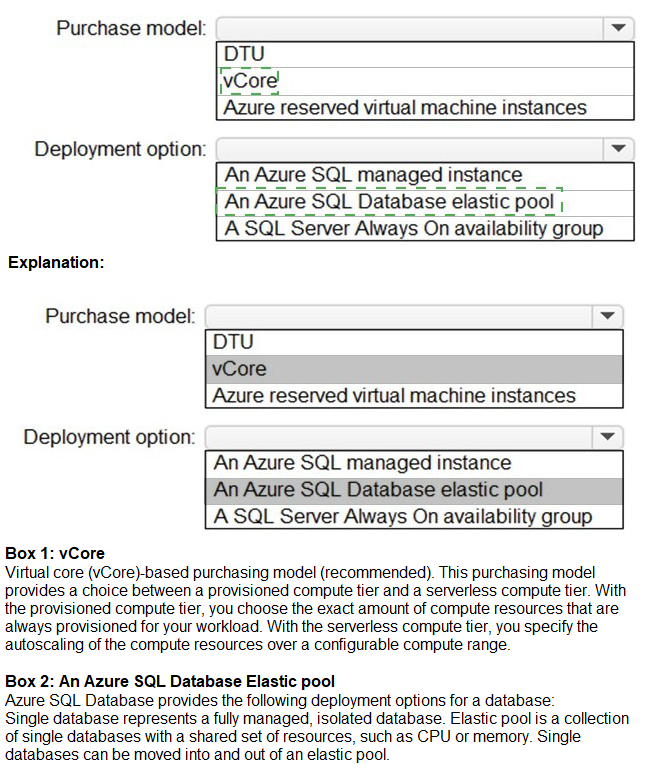
- Email support@dumps4free.com

Topic 5: Misc. Questions
You plan to deploy multiple instances of an Azure web app across several Azure regions.
You need to design an access solution for the app. The solution must meet the following replication requirements;
• Support rate limiting.
• Balance requests between all instances.
• Ensure that users can access the app in the event of a regional outage.
Solution: You use Azure Traffic Manager to provide access to the app.
Does this meet the goal?
A.
Yes
B.
No
No
Note: This question is part of a series of questions that present the same scenario. Each question in the series contains a unique solution that might meet the stated goals. Some question sets might have more than one correct solution, while others might not have a correct solution.
After you answer a question in this section, you will NOT be able to return to it. As a result, these questions will not appear in the review screen. You need to deploy resources to host a stateless web app in an Azure subscription. The solution must meet the following requirements:
Provide access to the full .NET framework.
Provide redundancy if an Azure region fails.
Grant administrators access to the operating system to install custom application dependencies.
Solution: You deploy two Azure virtual machines to two Azure regions, and you create a Traffic Manager profile.
Does this meet the goal?
A.
Yes
B.
No
Yes
Explanation:
Azure Traffic Manager is a DNS-based traffic load balancer that enables you to distribute traffic optimally to services across global Azure regions, while providing high availability and responsiveness.
https://docs.microsoft.com/en-us/azure/traffic-manager/traffic-manager-overview
You plan to automate the deployment of resources to Azure subscriptions.
What is a difference between using Azure Blueprints and Azure Resource Manager templates?
A.
Azure Resource Manager templates remain connected to the deployed resources.
B.
Only Azure Resource Manager templates can contain policy definitions.
C.
Azure Blueprints remain connected to the deployed resources.
D.
Only Azure Blueprints can contain policy definitions.
Azure Blueprints remain connected to the deployed resources.
Explanation:
With Azure Blueprints, the relationship between the blueprint definition (what should be deployed) and the blueprint assignment (what was deployed) is preserved. This connection supports improved tracking and auditing of deployments. Azure Blueprints can also upgrade several subscriptions at once that are governed by the same blueprint.
Reference:
https://docs.microsoft.com/en-us/answers/questions/26851/how-is-azure-blue-printsdifferent-from-resource-m.html
You manage a database environment for a Microsoft Volume Licensing customer named Contoso, Ltd. Contoso uses License Mobility through Software Assurance. You need to deploy 50 databases. The solution must meet the following requirements:
Support automatic scaling.
Minimize Microsoft SQL Server licensing costs.
What should you include in the solution? To answer, select the appropriate options in the answer area.
NOTE: Each correct selection is worth one point.


You plan to archive 10 TB of on-premises data files to Azure.
You need to recommend a data archival solution. The solution must minimize the cost of storing the data files.
Which Azure Storage account type should you include in the recommendation?
A.
Standard StorageV2 (general purpose v2)
B.
Standard Storage (general purpose v1)
C.
Premium StorageV2 (general purpose v2)
D.
Premium Storage (general purpose v1)
Standard StorageV2 (general purpose v2)
Explanation:
Standard StorageV2 supports the Archive access tier, which would be the cheapest solution.
Reference:
https://docs.microsoft.com/en-us/azure/storage/common/storage-introduction
| Page 3 out of 56 Pages |
| Previous |